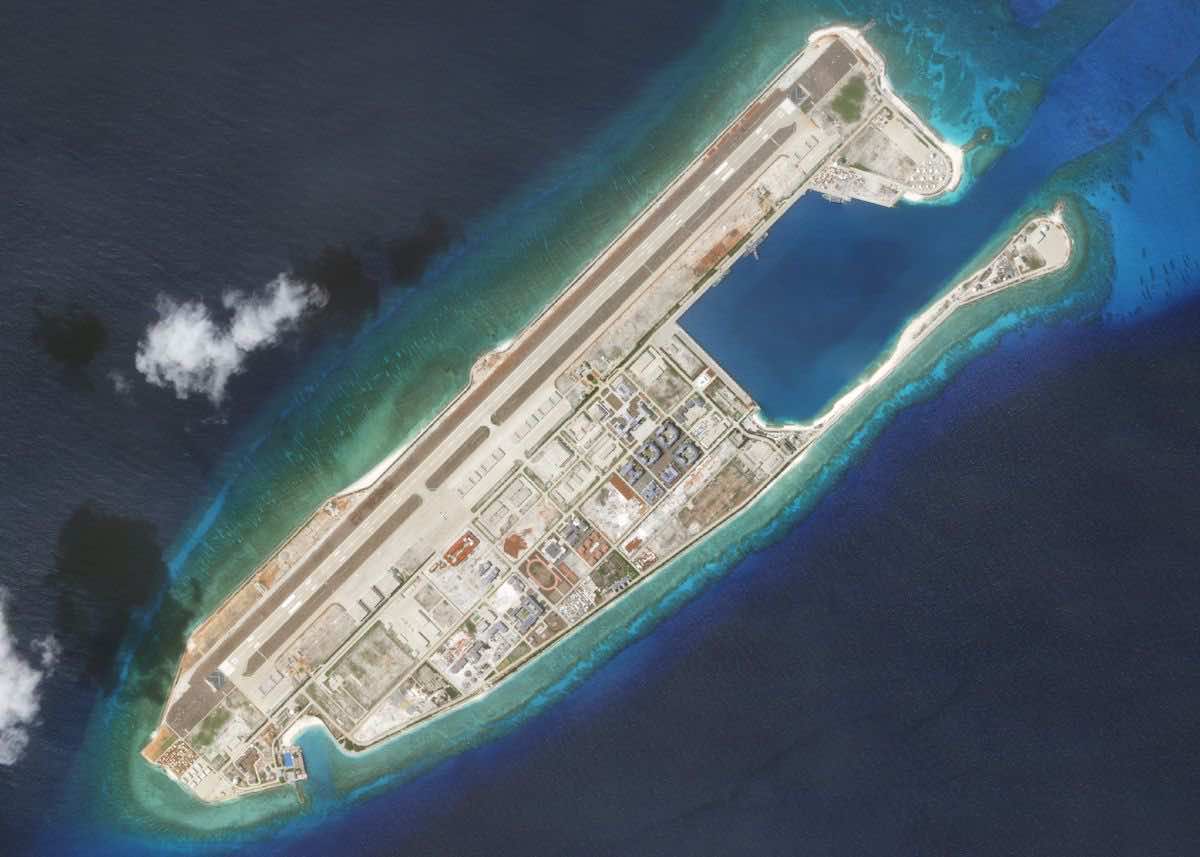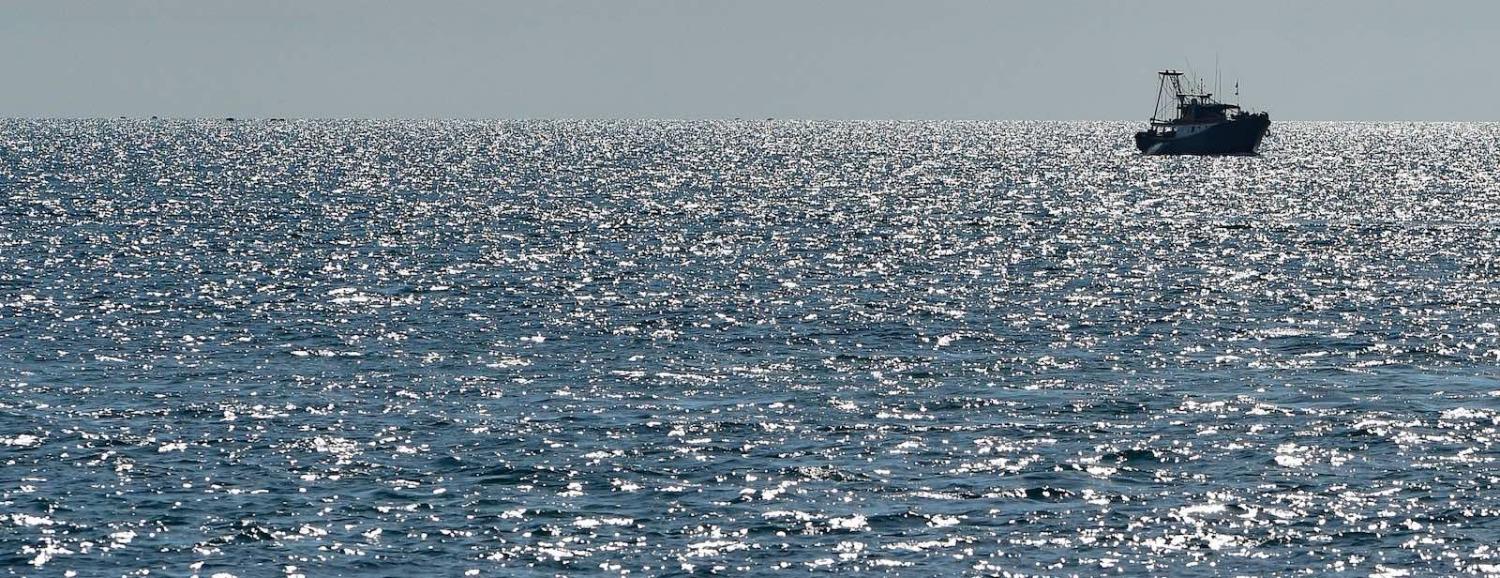Barely noticed, but nevertheless of some international legal consequence, is the latest effort by the United States to cast doubt upon the legality of Chinese maritime claims in the South China Sea. Unlike the more prominent and headline grabbing US Freedom of Navigation Operations (FONOPS) involving US warships asserting navigational rights in the area, on this occasion the United States has reverted to a long standing publication founded on international law to express its view.
The recent release of Limits in the Seas No. 150 and its State Practice Supplement by the US Department of State is another step in the long journey being undertaken by the US and a number of states, including Australia, towards answering, and rejecting, the wide-ranging Chinese maritime claims in the South China Sea.
Australia has taken a keen interest in South China Sea events for a long time, as the area is vital to Australia’s strategic interests. Australia has also made clear its position that China’s South China Sea claims are not in accordance with international law and the 1982 UN Convention on the Law of the Sea, including through a 2020 note verbale lodged with the United Nations. These actions are illustrative of a desire, on the part of Australia, to prevent the formation of any customary international law in relation to China’s ambitions in the South China Sea.
The State Department’s Limits in the Seas series of papers “… aims to examine coastal States’ maritime claims and/or boundaries, and assess their consistency with international law.” The series began in 1970 and has continued its assessment of maritime claims and boundaries for more than 50 years. While these assessments are conducted from a United States perspective, they are for the most part done in an objective manner and include reviews of close allies as well as states that are not aligned with the United States. The series represents the official view of the United States of the practice of each country with respect to the law of the sea and their maritime claims. Each study includes a high level of technical detail.
While the United States is not a party to the 1982 UN Convention it asserts that much of the Convention is part of customary international law and is the foundation for most US practice in the law of the sea. Since 1982, the Limits in the Seas series has been fundamentally based on a US interpretation of the 1982 Convention and the series is highly influential in terms of the development of customary international law and understanding Washington’s position on certain law of the sea issues.

Limits in the Seas No. 150 forensically assesses China’s South China Sea maritime claims and pays particular attention to China’s position that it can draw artificial lines around its claimed islands in the South China Sea, including the Paracel Islands, and Spratly Islands. To make these claims China is effectively asserting that these islands are archipelagos akin to Indonesia, the Philippines or Fiji, around which the Convention permits the drawing of expansive “archipelagic baselines” from which all of the maritime entitlements of those countries can be asserted. Although China is not an archipelagic State (i.e., a State constituted wholly by one or more archipelagos), China repeatedly asserts that it is entitled to draw the equivalent of archipelagic baselines around its claimed South China Sea islands because, in China’s view, this reflects customary international law.
Limits in the Seas No. 150 seeks to dismiss the validity of that claim, and in doing so relies upon contrary state practice from a diverse group of continental states such as Argentina, Australia, Brazil, Burma, Chile, Colombia, Denmark, France, Greece, Netherlands, Norway, Portugal, Russia, Spain, Vietnam and Yemen. Australia’s practice of drawing baselines around offshore islands such as the Furneaux Group in Bass Strait, Houtman Abrolhos offshore Western Australia, and Macquarie Island and adjacent islands in the Southern Ocean is closely assessed. The conclusion reached is that “Australia’s straight baseline practice is not capable of contributing to the formation of customary international law rules for outlying island groups that differ from the provisions of the Convention.”
The report represents the latest addition to ongoing United States efforts to call out behaviour by states that Washington does not consider is consistent with international law.
States with interests in the South China Sea have a responsibility to counter claims from states, such as China, that seek to undermine the stability of the region through making claims over maritime features and water spaces that are clearly not in accordance with international law. Limits in the Seas No. 150, and its Supplement, represents the latest addition to ongoing United States efforts to call out behaviour by states that Washington does not consider is consistent with international law.
The inclusion of the State Practice Supplement is particularly significant.
First, it provides a comprehensive assessment of state practice in relation to the drawing of baselines around outlying archipelagos of non-archipelagic states, and overwhelmingly finds that states do not use the methodology that China has used in the case of its claims in the South China Sea.
Second, it provides an authorised United States analysis and endorsement on some maritime claims that have previously been questioned.
The United States has adopted a multi-faceted response to what it sees as attempts by China to restrict navigation rights and freedoms in the South China Sea. Its FONOPS remain the most high profile of those responses, but the most recent Limits in the Seas continues that response through a careful and thorough analysis of state practice framed upon international law.

